With so many under-utilised little pockets of land available on Singapore’s street verges, why not grow some food and educate others in the process? The Farmers, Singapore based Justine Ong-Farmer and Scott Farmer – decided to do just that. After trying their hand at growing edibles less than a year ago, they have come a long way in such a short period of time with their trial-and-error approach and some helpful advice from Justine’s mother.
With this knowledge of growing and cooking with local herbs and vegetables, they started offering workshops to connect Singapore residents to local plants and food. After realising that local ingredients are more readily available on sidewalks compared to supermarkets and wet markets, they wanted to communicate that there is a value to eating and growing plants native to Singapore.
As part of their regular workshop, A Seat at The Farmer’s Table, participants pick ingredients from their garden and get involved in making nasi ulam and chilli chukka, and savour some of their tasty nasi ulam – I’ve tried it, it’s really good!
To date, they have grown cabbage, rosella, ulam rajah, bittergourd, Thai basil, pear and cherry tomatoes, marigolds, turmeric, okra, papaya, and blue butterfly pea among others, on this newly reclaimed verge alone. At home and on another more established verge, there are edible plants like banana, neem, soursop, pandan, wild pepper, torch ginger, lettuce, cucamelons, bayam, and more.
I sat down with Justine and Scott to find our more about their urban farming journey and their verge garden situated at Yio Chu Kang.
1. When did you both discover that you loved growing plants?
Justine: I was never really interested in plants until Scott and I bought our first plant together for his place in the early days of our relationship. We call him Lazarus (nickname ‘Lazzy’) because he has looked dead and then come back to life several times over the last couple of years we’ve had him. He’s alive and kicking today.
2. You both use a lot of natural farming techniques, which makes use of the materials already available to you. Where did you learn to grow edible plants?
Justine: My mum has been growing fruit trees and vegetables in our home garden for many years now. She’s usually the first person I turn to when I have questions. She’s very crafty and super innovative, always encouraging us to come up with solutions using what nature has provided or what we can find around the house.
Scott: I think we’ve learnt most of our techniques as we’ve gone along. Back in the UK, we always had a vegetable garden when I was growing up but I was never actively involved – I guess I may have picked up some knowledge through occasional digging, picking and watching. But really, we just make sure we spend a bit of time every day fiddling and talking to the plants – I don’t think there is any real secret!
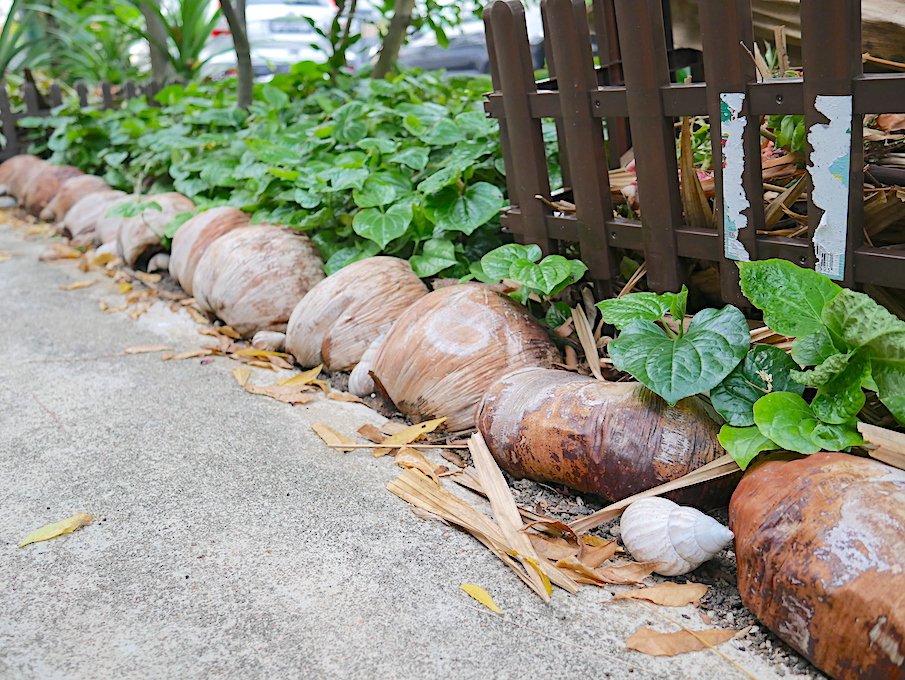
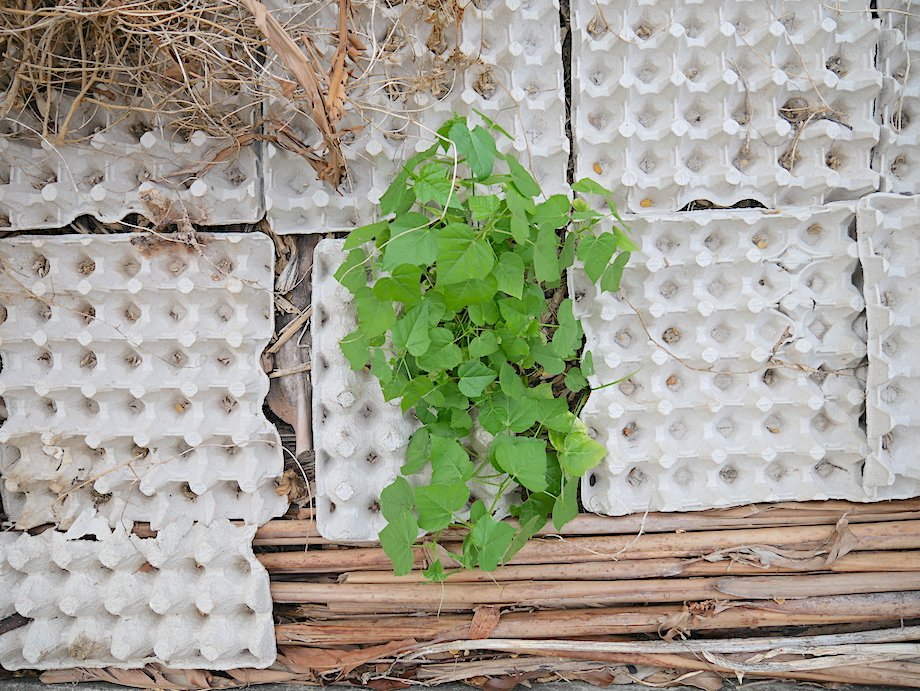
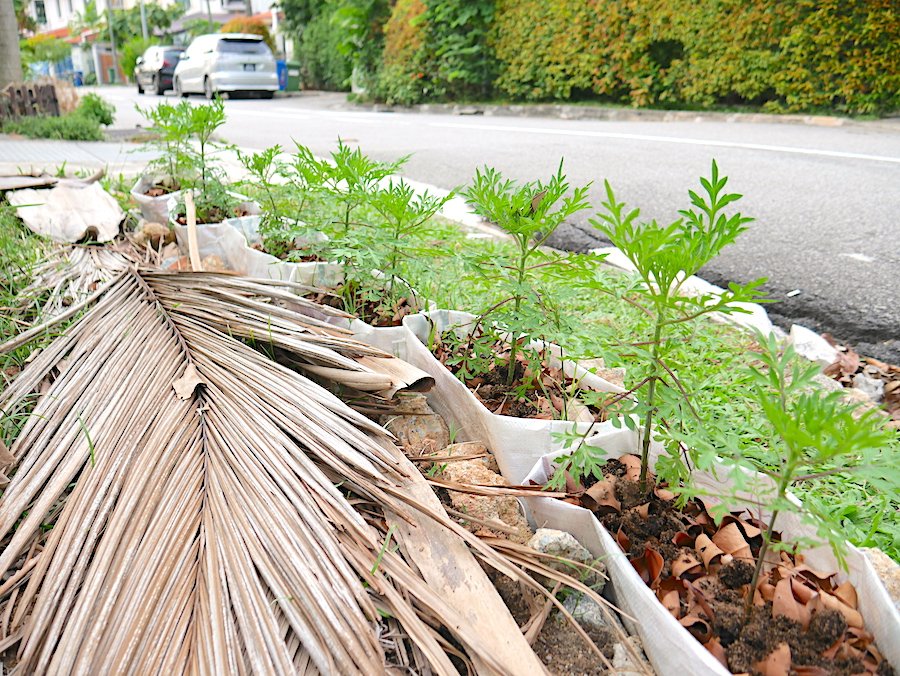
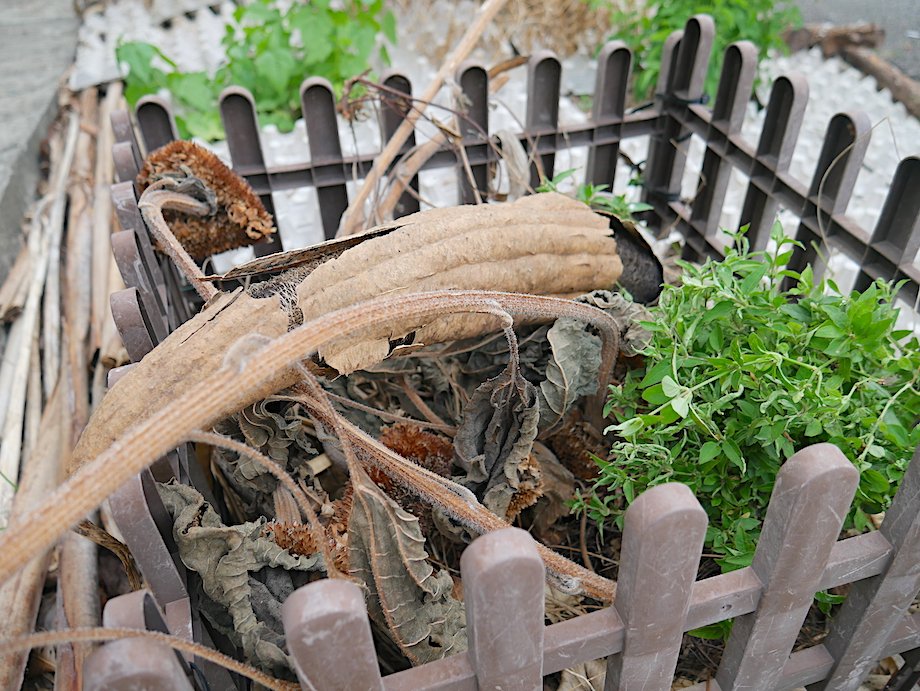
3. How did the idea to start The Farmers come about and why did you do it?
Justine: Scott and I had both been at our respective jobs for just over 3 years when we decided that we wanted some change. I was working in fast fashion and struggling to connect with the values of the industry, so couldn’t see myself there long term. We’d also just gotten engaged and wanted to explore the possibility of living and working overseas for a couple of years.
In February 2018 we left our jobs and went travelling around Europe, USA, and South America for nine months. Initially we didn’t know that we would get into urban agriculture, but the trip gave us an opportunity to seek out what we were interested in and try out different ways and paces of living.
It made us realise that locally grown produce tastes SO GOOD – loaded with nutrients and more gentle on our planet too! And everywhere else in the world, people ate locally and seasonally, unlike us in Singapore where we get strawberries and pumpkins all year round.
Scott: Also, we stayed in a lot of homestays and found that almost everyone maintained a little edible garden! Some grew berries and lettuce in garden beds, others grew small pots of herbs in their kitchens. It seemed like a very healthy activity – mentally, physically and socially – and you could see how people incorporated the maintenance of the garden into their daily routines.
Justine: So we realised that:
- There is a problem with our current food system
- Being outdoors made us feel really good
- We wanted to live simply
And that’s how The Farmers came about – us trying to address these 3 issues/needs/wants.

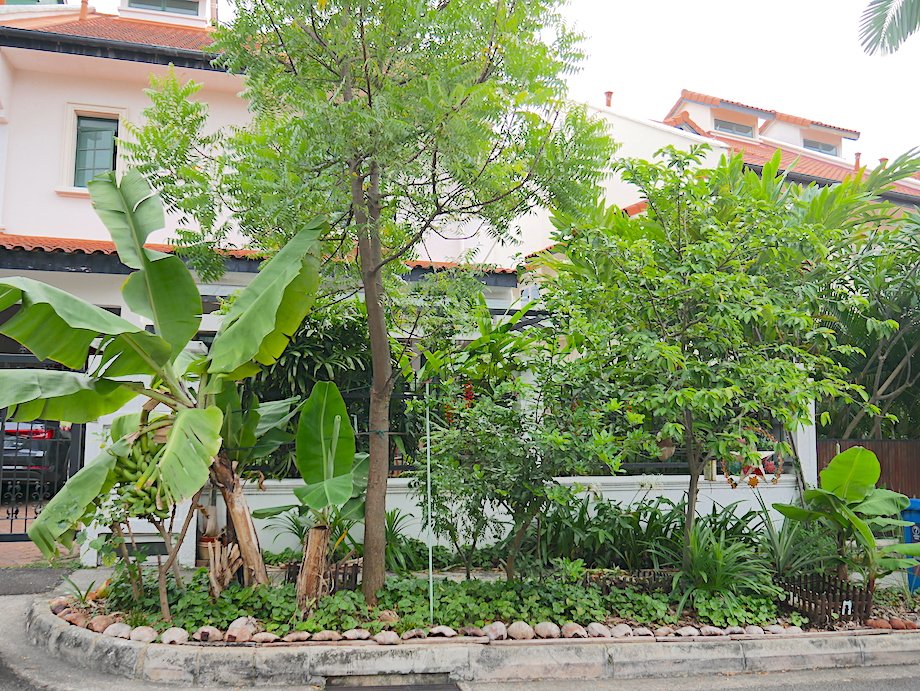
4. What made you decide to start a verge garden? How did your neighbours take to the verge garden?
Justine: Apart from Lazzy, which we got when we first started dating, I’d never really tried my hands at caring for plants.
I knew that if I wanted to get into this space, I’d have to at least try growing something to see if I could even grow anything. My parents’ garden is already established so we looked for the nearest unclaimed land we could find and just started digging there. (Scott did most of the digging. I think he would like me to mention this.)
Scott: When we started it was very messy – our plot is alongside the main road, and when we started digging we found so much nonsense buried underneath (broken tiles, pieces of metal, bricks, rocks, rubber tubing) but once we had dug about 2 feet deep across the entire plot, we found the soil actually to be quite nice – a good mix of clay, sand and dirt.
At first everyone told us we’d never be able to grow anything at that spot. But there were also some very encouraging people who would give us a thumbs up whenever they walked by, some would beep their horn and wave as they drove past.
NParks actually came and paid us a visit. They came and asked us what we were doing and seemed quite happy. They just told us that we’d have to maintain the space and keep things tidy.
Nowadays the neighbours are very encouraging – we spend a little time every morning and evening out in the garden, and longer over the weekend, and it’s great to talk to people who you would otherwise smile politely at and say nothing.
Justine: Not to get all deep, but according to the philosopher John Locke, nature was given to all men equally, and it is by mixing our labour with nature that we create property. In Singapore, it’s hard to imagine land as anything else but a commodity. But there was a time when land was a fundamental human right, to steward and sustain oneself from, a sacred ground that could not be bought or sold, only passed down. I really like this idea of being connected to our land and the healing that could come from making small parcels of land available for people to steward.
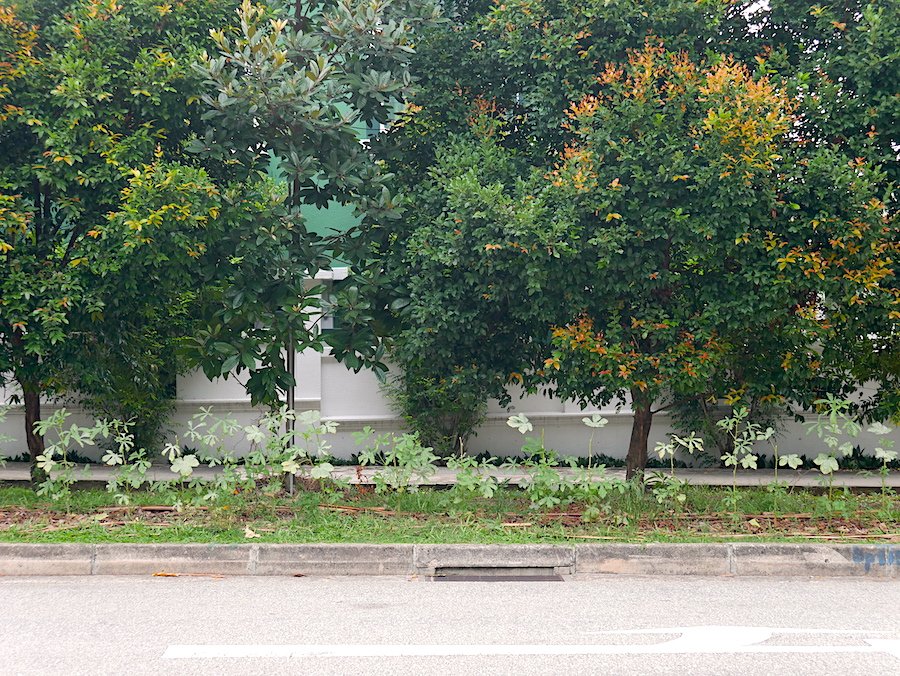
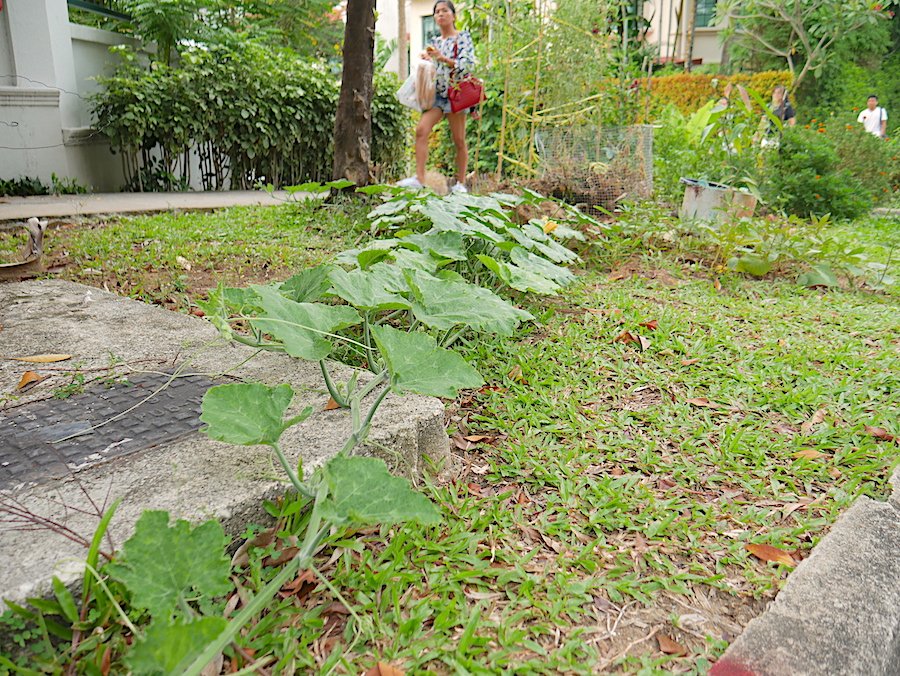
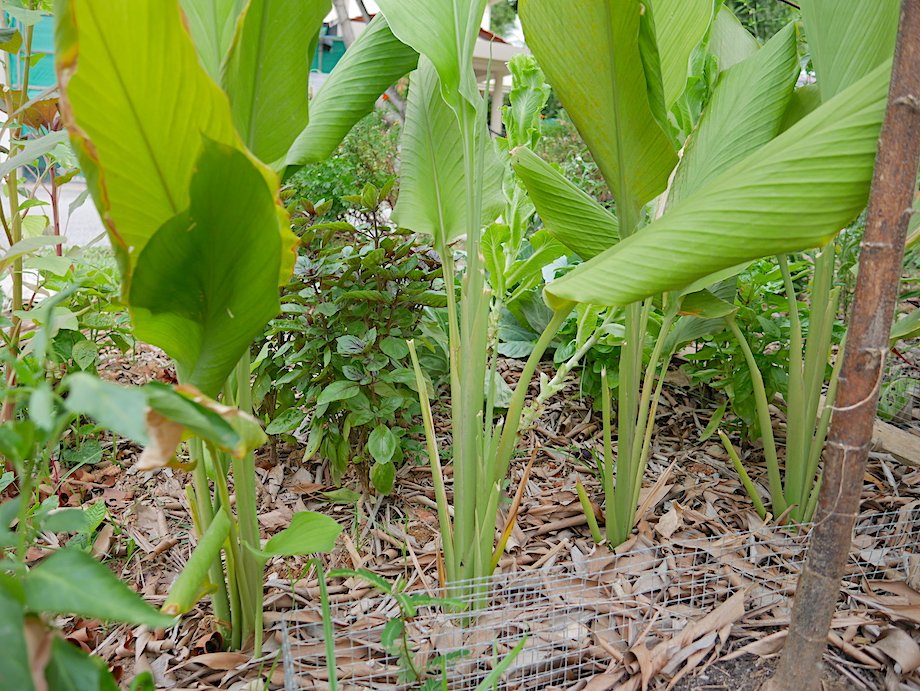
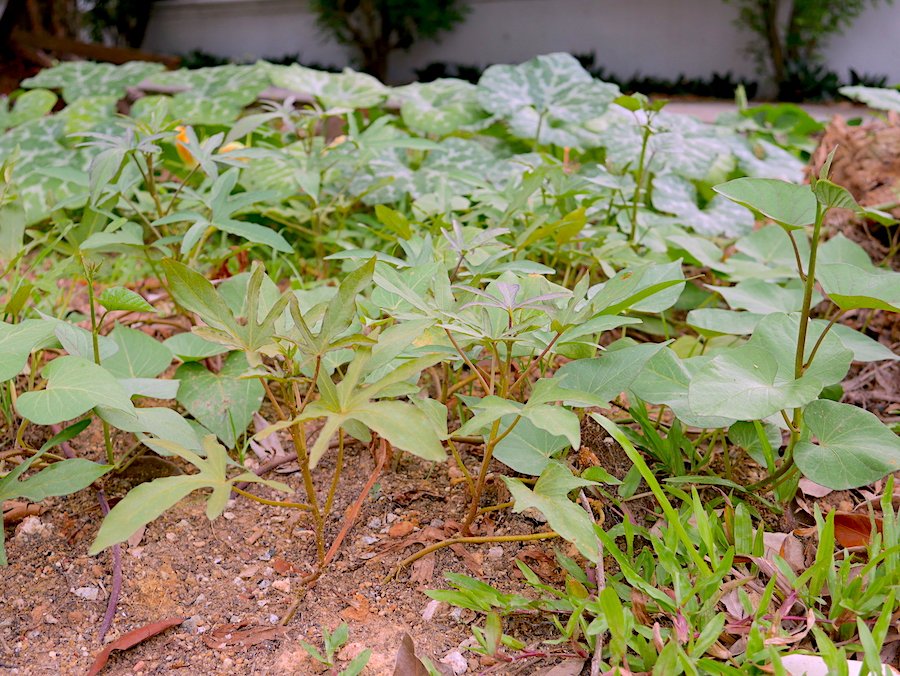
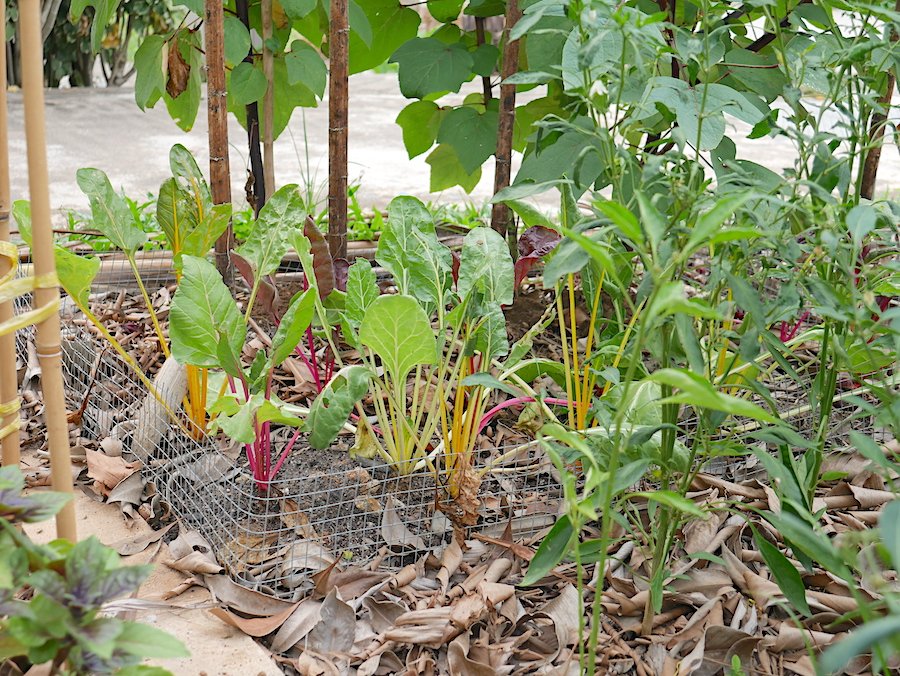
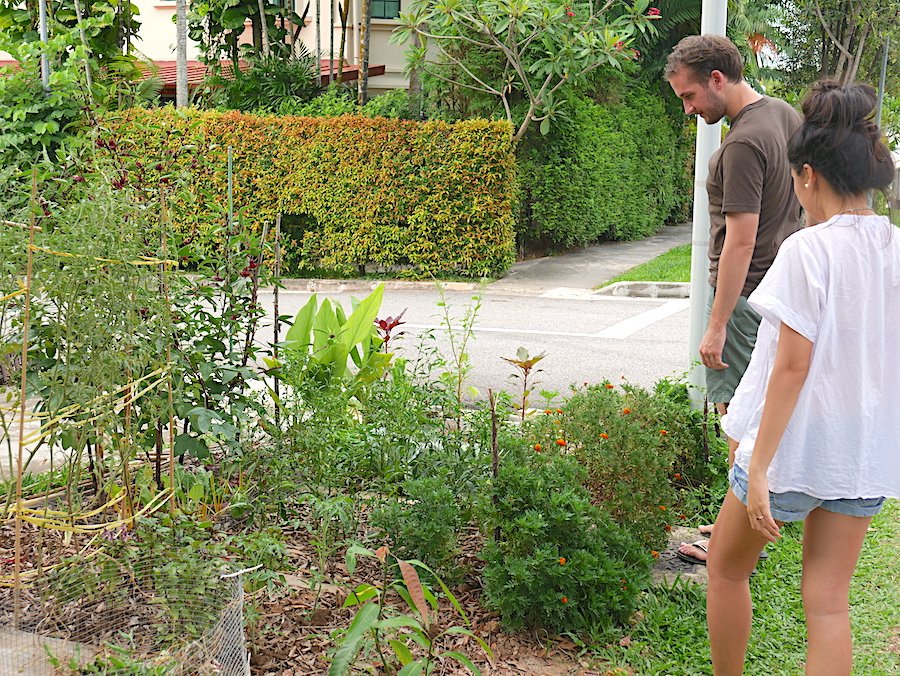
5. Which plants are your favourite to grow?
Scott: Local herbs – they grow very easily and very quickly. They also don’t need to be coddled as much as their used to the hot, humid and wet weather we get here – and don’t seem to get attacked by pests as much. Singapore is actually the perfect environment to grow – sunny, wet and warm – but you just need to grow native crops. There is actually so much variety of local crops that have been largely forgotten as people move towards more non-native dishes and ingredients – people lived and ate here native crops before so we try to see how to bring back some of our ancestors dishes.
Justine: Also, tomatoes. Actually, I hated growing them at first because we didn’t have any luck with them; they’re so temperamental and prone to whitefly. But now that we’ve done a bit more research into growing them and we have a few plants that are actually fruiting, I really can’t wait to try growing more varieties. Scott and I LOVE LOVE LOVE tomatoes.
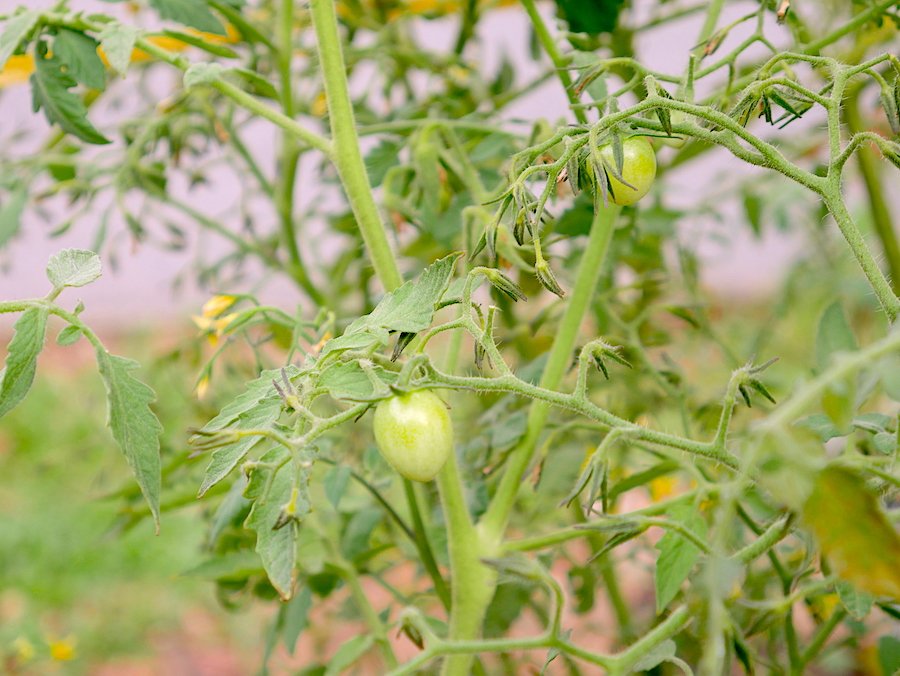
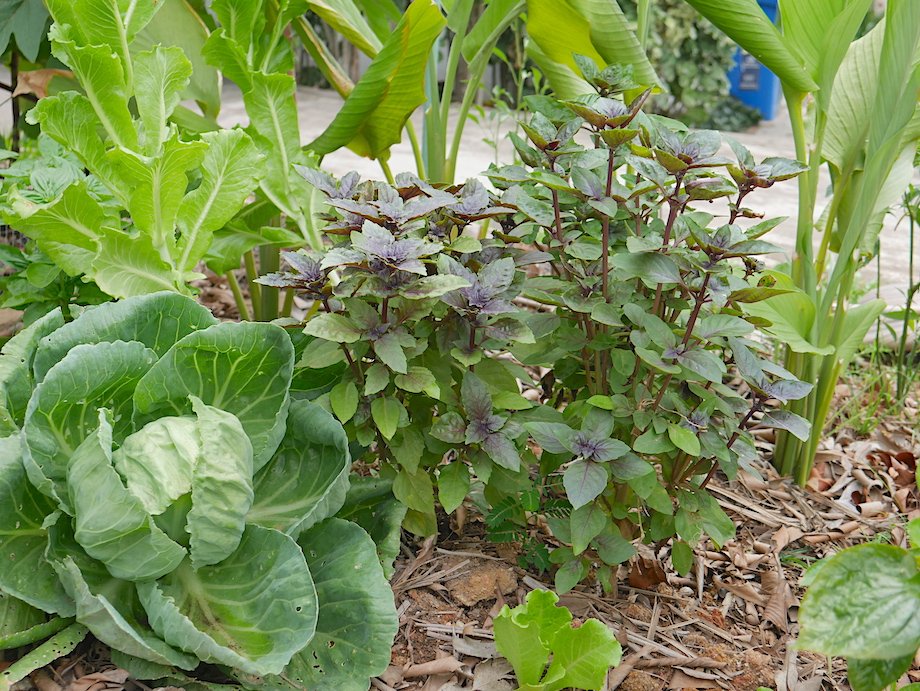
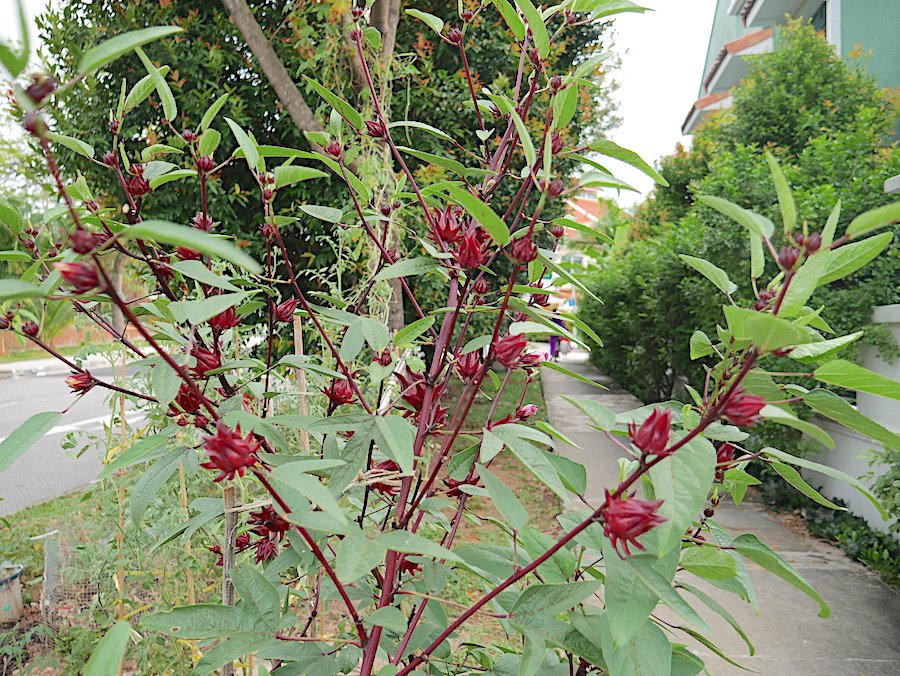

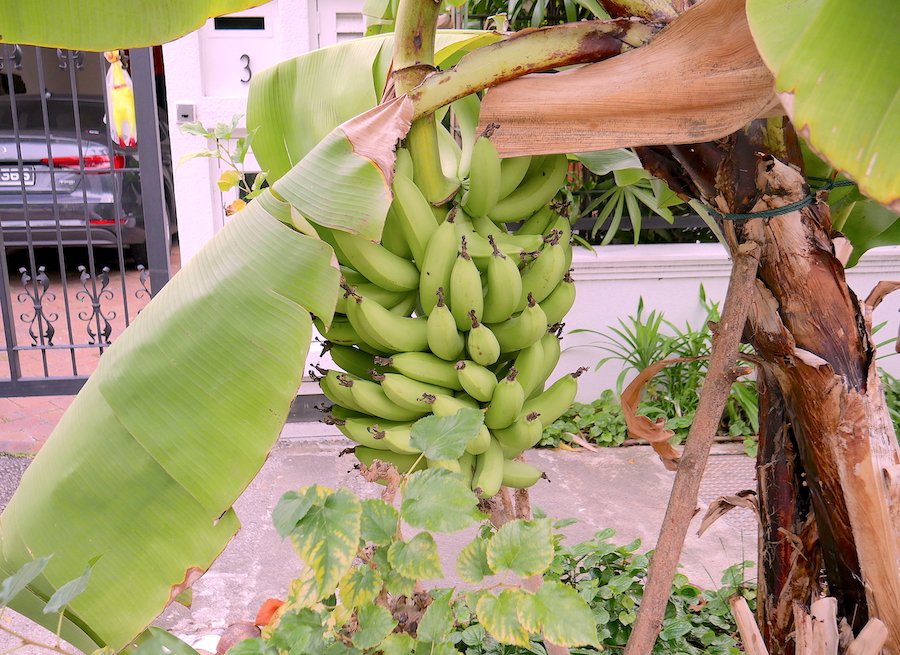

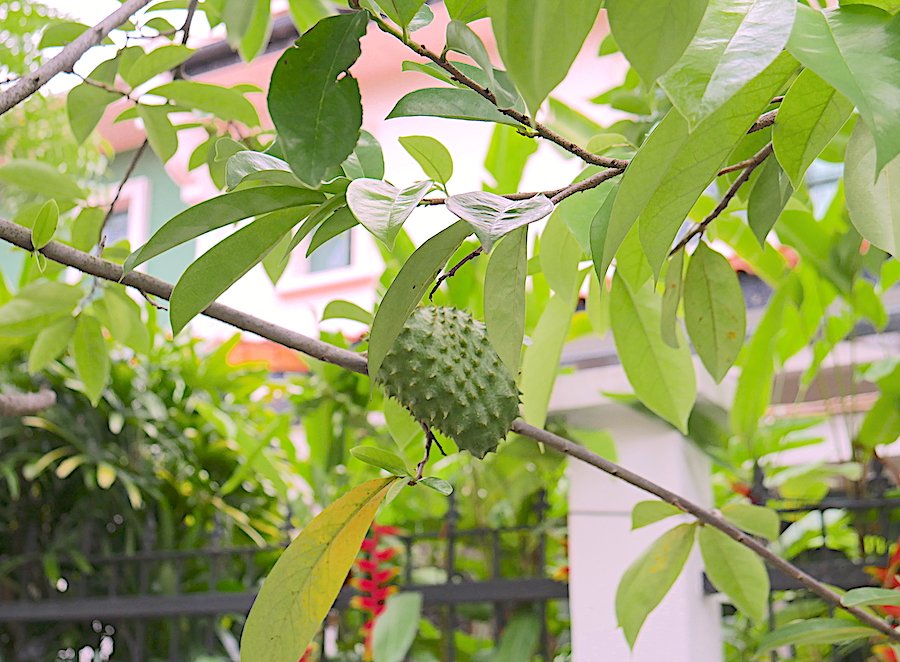
6. What made you decide to start The Farmers in Singapore and offer workshops in your home?
Justine: What we’re trying to do with the workshop is to tell the story of food, simply put.
In Singapore, where we import so much of our food, I feel like we’ve become disconnected from where our food comes from. We’ve forgotten that there’s a really long story behind a simple plate of food. The ingredients had to be grown, then trucked/shipped/flown over vast distances, going through many hands during the process.
Furthermore, with a myriad of delicious options that are affordable and convenient, I think the thought process when deciding what to eat is very focused on the individual. Scott and I are totally guilty of this! We ask ourselves and each other what we feel like eating, what is easy/fast, how much we want to spend.
To make better food choices for ourselves and our planet, we need to think beyond ourselves and consider instead how our food is grown, where it is grown, who is growing it, how it gets from farm to our plate, what’s in season, etc etc.
So we designed the workshop to encourage people to ask these questions and think about these things a bit more. During the workshop we try to expose participants the full story of their food by showing them how we grow crops from seed, we get them to pick some herbs, and then they’ll use their harvest to prepare a meal.
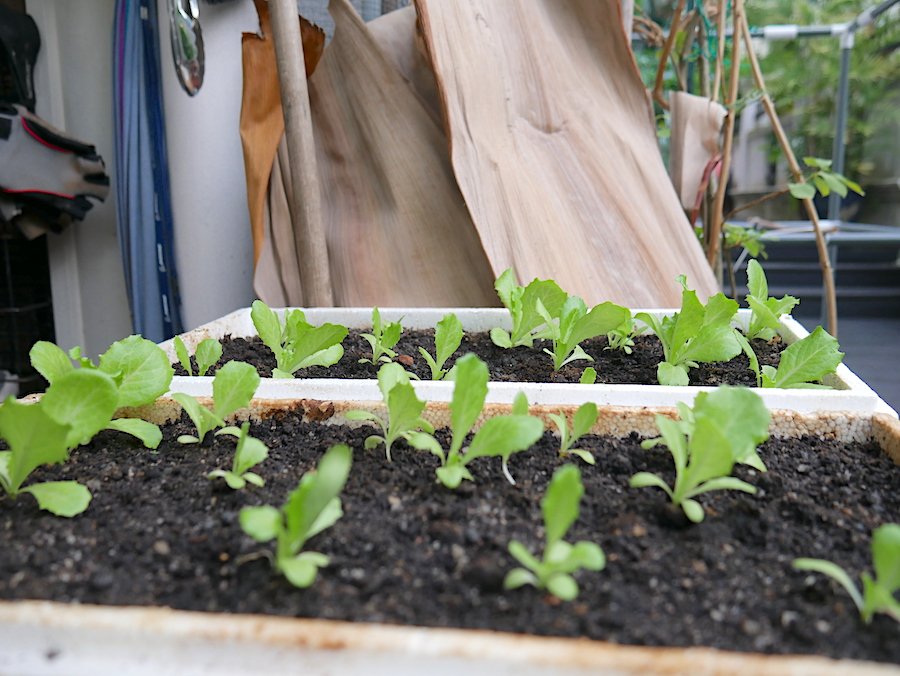
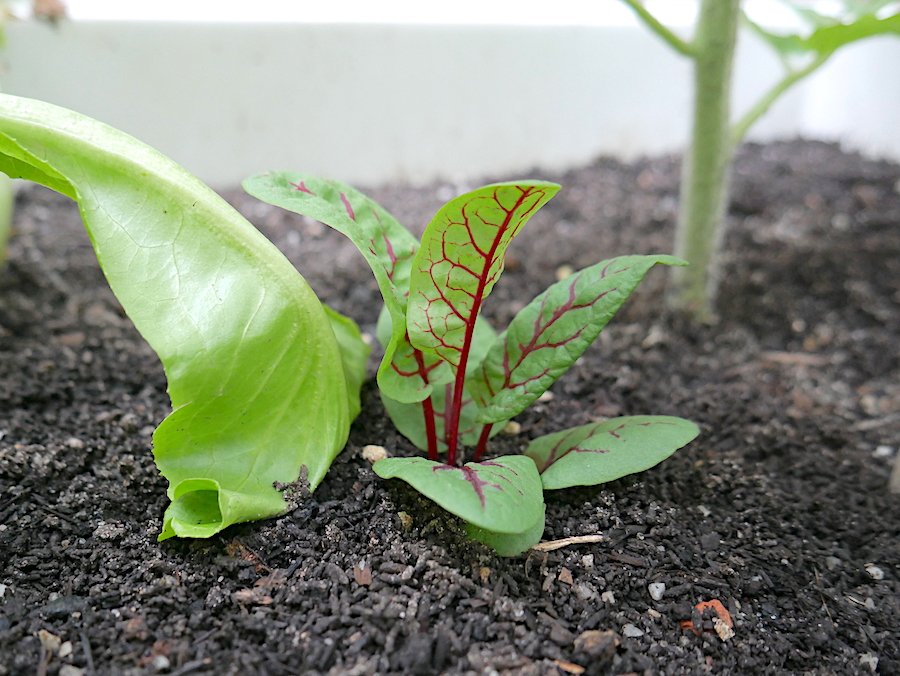
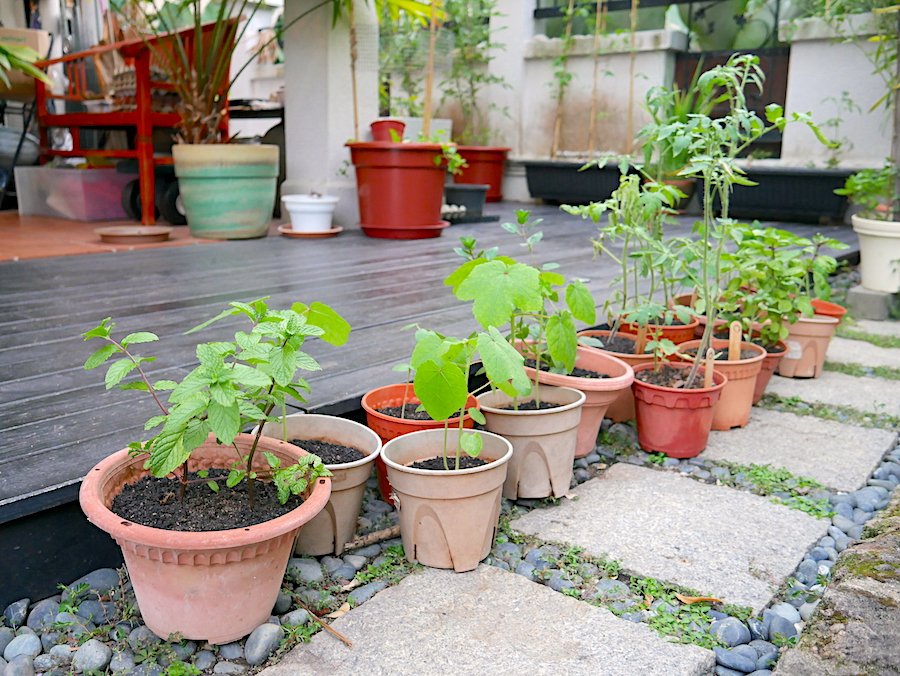
7. Why is Nasi Ulam so close to your heart?
Justine: It’s a family recipe that’s been passed down through generations! Also, I believe it is a fantastic dish that features our local herbs and ecology, which is something we need to protect.
It’s so hard to find these herbs in the supermarkets/wet markets nowadays. As a result, people tend to forget about them and a lot of the younger generation aren’t even aware. It’s a pity because these herbs are part of our heritage! And they are full of medical benefits too.
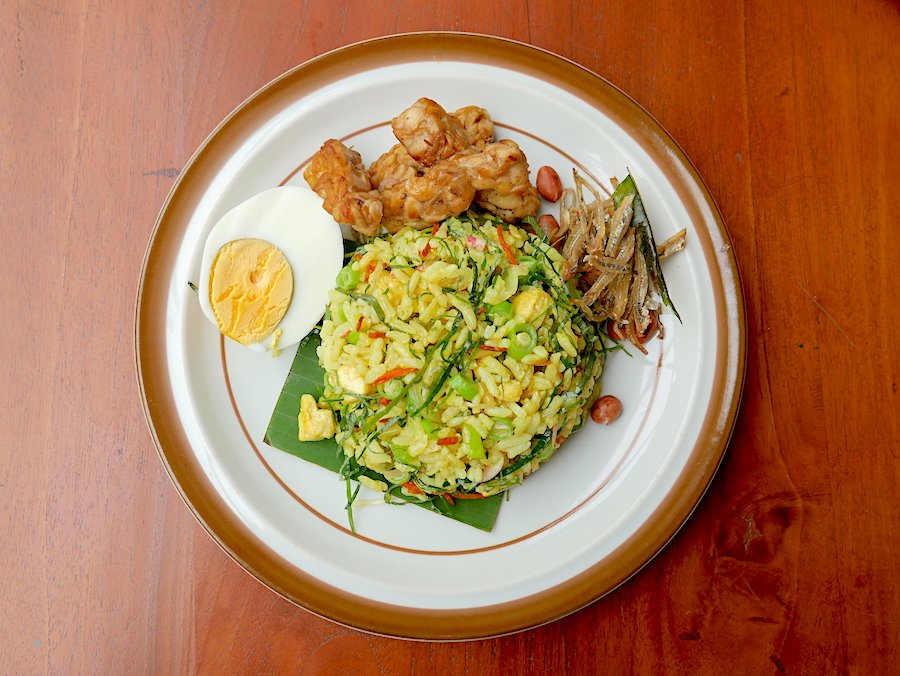
8. How often do you sell your homemade products and how can people buy this from you?
Scott: We sell our products at farmers markets. At the moment we try to participate in at least one each month, but because most of our products – tea, chilli chukka, nasi ulam – come from our tiny garden, there’s no steady flow.
So it really depends on what we have growing in the garden and what’s ready for harvesting at the time.
Justine: I will usually shamelessly promote our products on Instagram if we have any available.
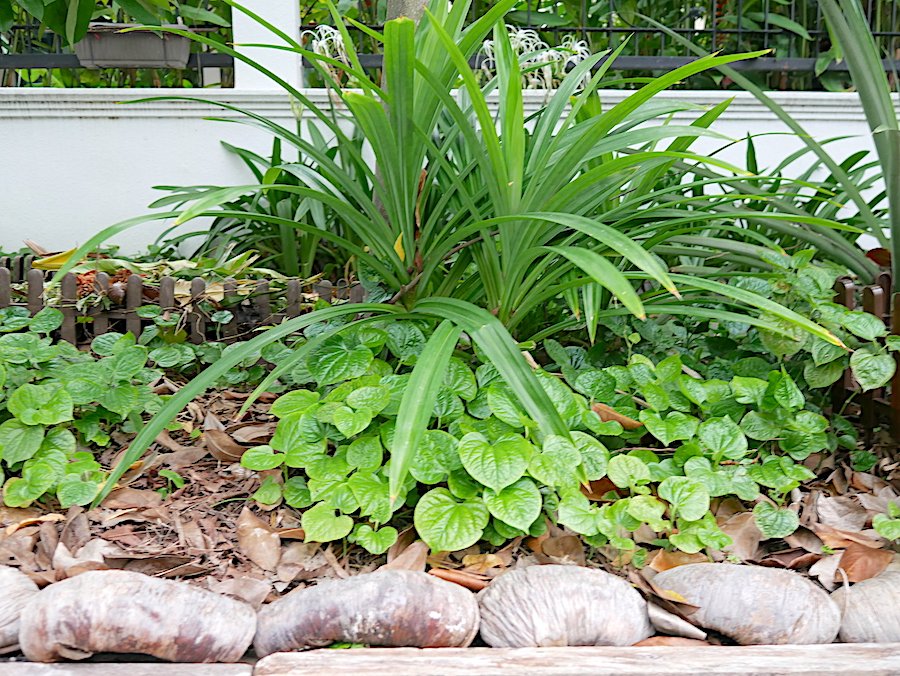
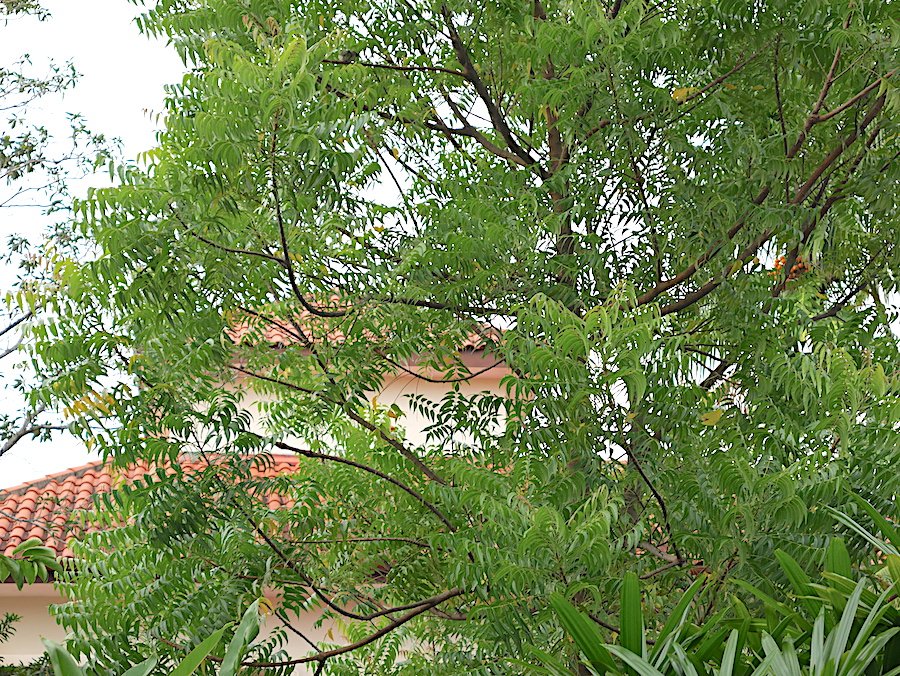
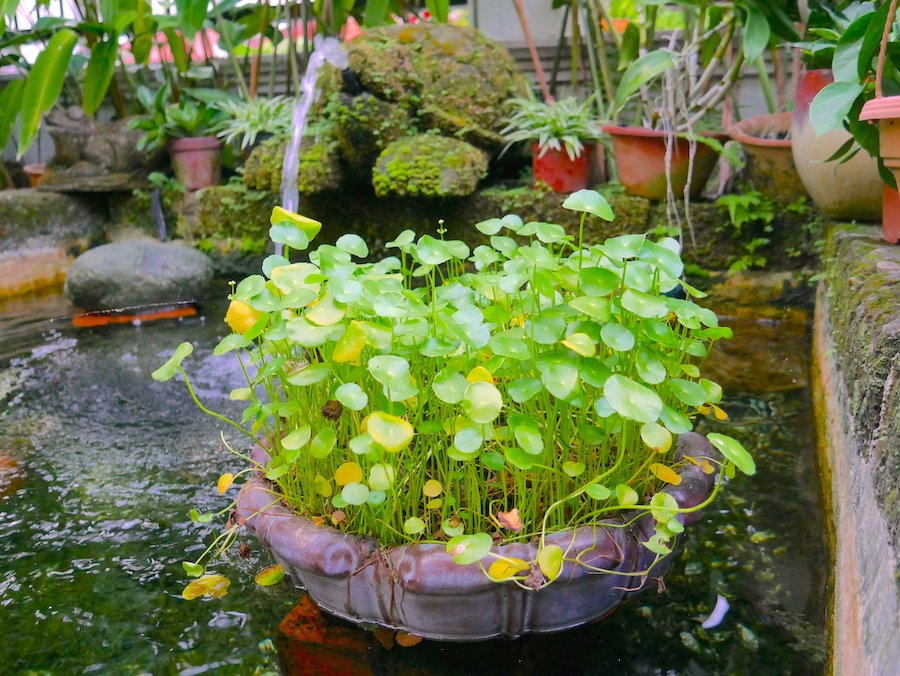
9. What are your future plans for The Farmers?
Scott: We’re still testing the waters, trying to see which model works best for us – whether it is education, workshops, production, catering, events. Eventually, we would like to have our own space so that we can scale up what we’re currently doing, and help others make better use of their green areas.
Justine: But you’ll never know. We’ll be in this space for sure. I don’t think the issues with our current food system will be solved anytime soon or by a single person/company/government initiative. We’re really looking forward to seeing more people get involved and more people working together to make it better.

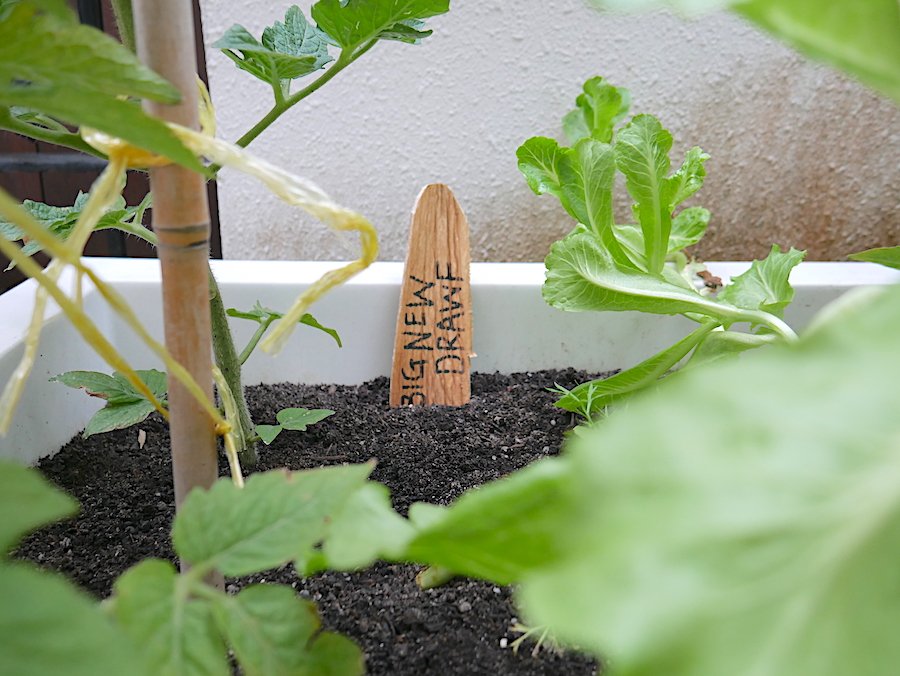

To find out more about Justine and Scott, visit their website – The Farmers – and follow them on Instagram for updates on workshops and when they are selling their Nasi Ulam and other produce!
For more gardening updates, follow my Facebook Page – The Tender Gardener, Instagram page @tendergardener and subscribe to my YouTube channel! See you there!

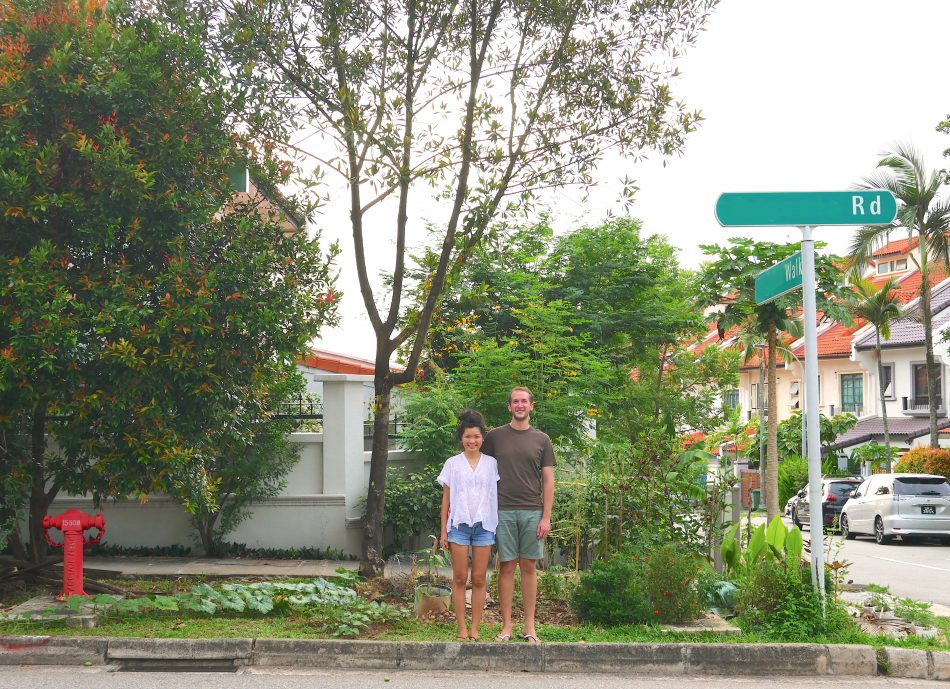
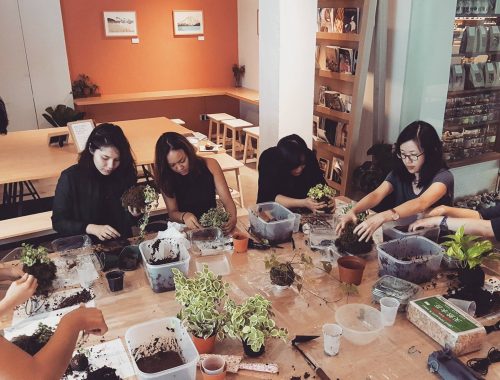
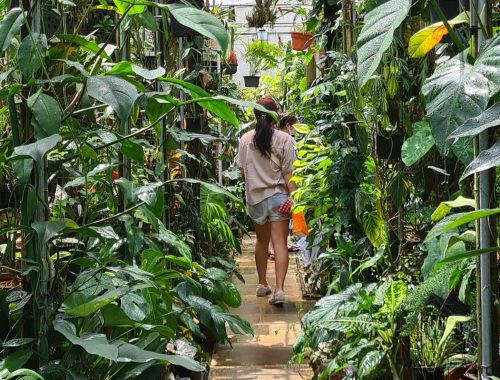
No Comments